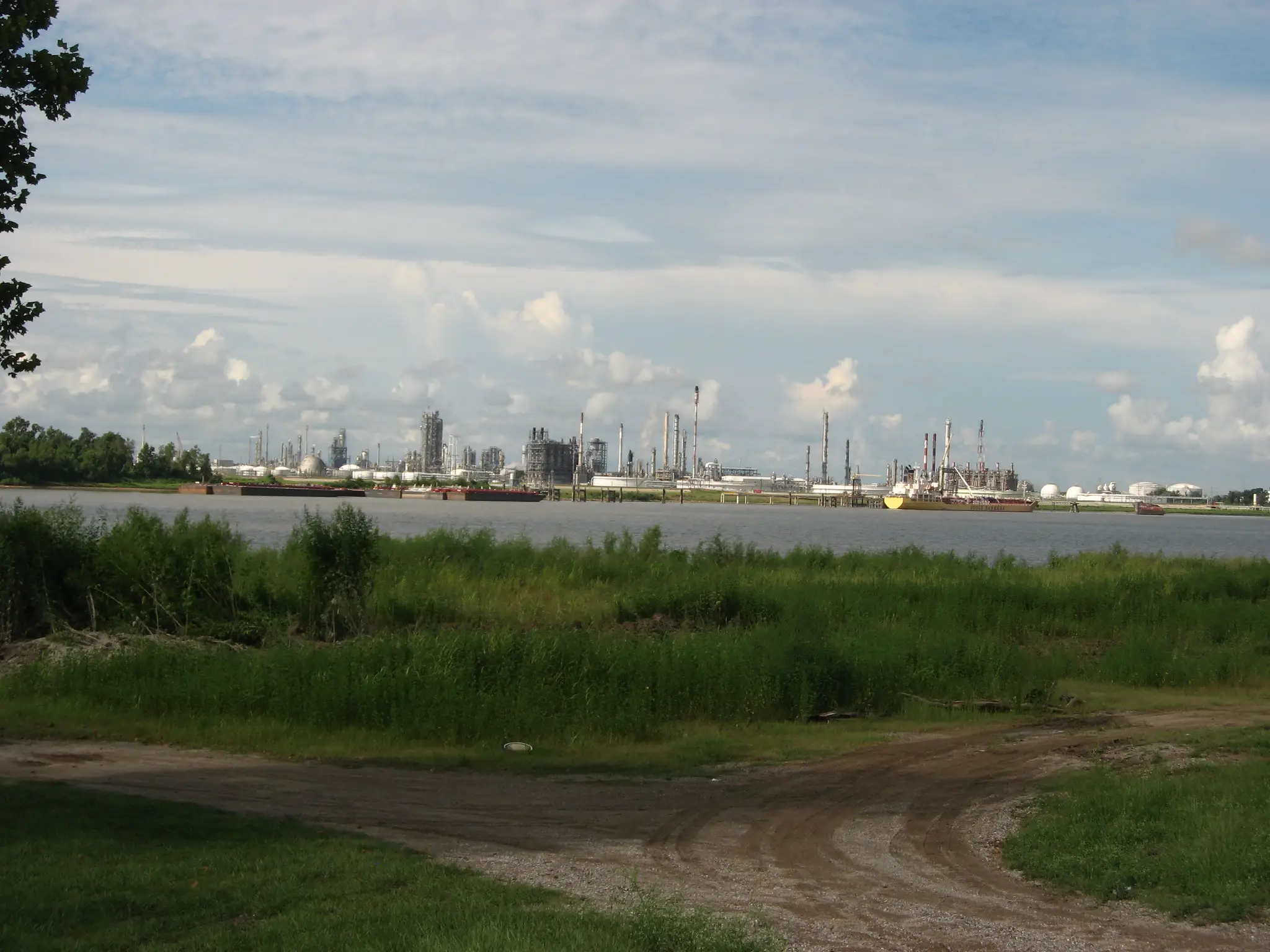
Air pollution is a clear contributing factor to Louisiana’s high cancer rates, particularly in marginalized and poorer rural communities such as the area known as “Cancer Alley,” says a new study from Tulane University. Residents of these neighborhoods have long held this to be true, but state regulators have often cited a lack of evidence of adverse health outcomes when continuing to issue permits in already heavily industrialized areas.
The peer-reviewed study was released by Tulane University’s Environmental Law Clinic earlier this month. In it, researchers Dr. Kimberly A. Terrell and Gianna St. Julien used data from the Louisiana Tumor Registry along with estimates of poverty, race, and occupation from the US Census Bureau’s American Community Survey and compared that with pollution-related cancer risk estimates from the US Environmental Protection Agency National Air Toxics Assessment.
They found that the association between toxic pollution and cancer incidence was highest in neighborhoods with a higher proportion of impoverished residents or Black residents. Across the state, these areas account for about 85 new cancer diagnoses each year. In the poorer neighborhoods with higher levels of pollution, the study found that the average annual cancer rate was 502 cases per 100,000 people, higher than the state average of 480.3 cases per 100,000 people. Poorer neighborhoods with lower air pollution had cancer rates closer to the state average.
“Additionally, we found that predominantly Black, impoverished communities generally had higher cancer rates than predominantly White, impoverished communities. Collectively, our findings illustrate that race, poverty, and toxic air pollution interact in complex ways to affect health outcomes in Louisiana.”
Dr. Terrell believes this isn’t random.
“Time and time again, these facilities are being located in communities that are predominantly African-American and disproportionately impoverished,” she said.
In November of 2021, a report from The Guardian found that South African firm Sasol offered significantly less money to Black homeowners when attempting to buy them out of their homes near an expanding chemical complex in southwest Louisiana. Though the company touted the buyout program as a way to improve the lives of residents affected by environmental injustice, instead it exacerbated inequalities. Sasol paid residents of Mossville – a predominantly Black community founded by former slaves in the 1790s – around 40 percent less than what they paid residents of nearby white communities.
“Future assessments of the industrial pollution burden in Lousiana must account for potential interactions among poverty, race and exposure to air toxics,” the authors write. “These conclusions are consistent with the firsthand experiences of Black residents from impoverished, industrialized neighborhoods who have long maintained that their communities are overburdened with cancer from toxic pollution.”









